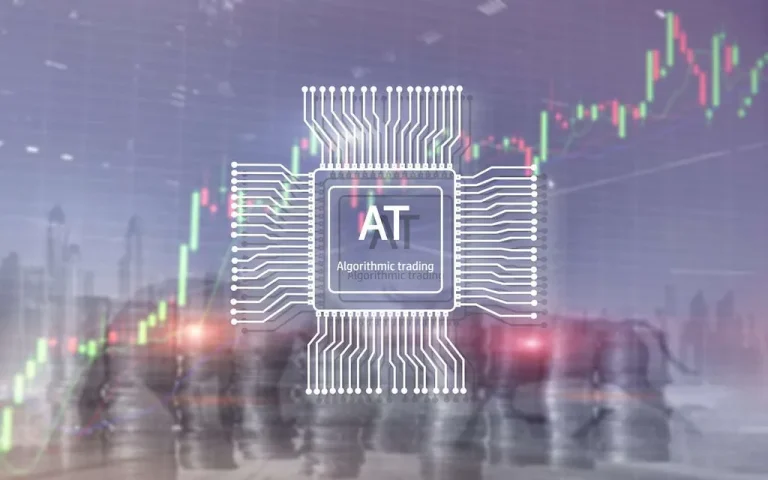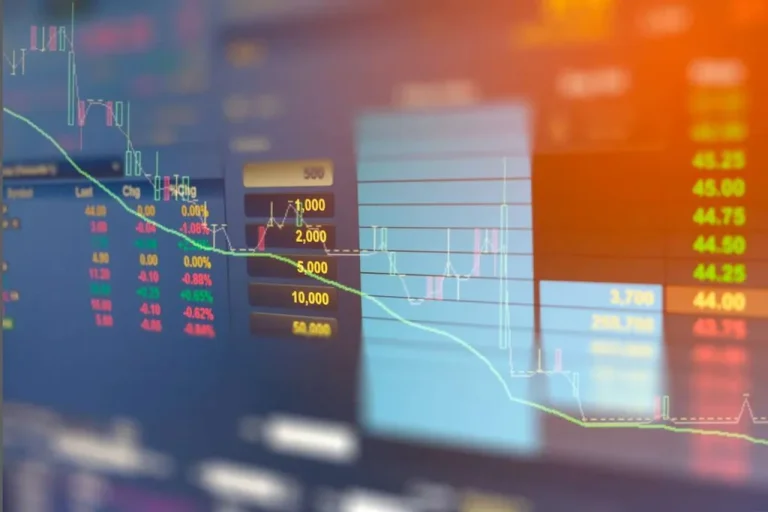Content
The carbon market’s main lifeblood may well be the carbon credit, as this represents offsets, and companies want to procure as many offsets as they can. Offsetting and carbon credits is one approach countries are using to achieve carbon neutral status and meet climate goals. Nearly everything you do has a carbon footprint, eating food that isn’t locally sourced, using electricity, using gasoline in our vehicles, charging our electric vehicles, and even taking a shower lead to release of carbon into the atmosphere. Offsets are often thought about more as compensation to an environmentally conscious organization or individual rather than as digital assets that could be traded on the carbon credit market. While systemic change is an awfully hard thing to drive, regenerative finance has the potential to address the root causes of social and environmental issues. This way, it can help enable investments in different types of projects of different scales, to tackle these challenges and Decentralized autonomous organization to come up with creative solutions.
What Is an Example of Regenerative Finance?
In today’s world, the prevailing financial ideology wields an overwhelming influence on the what is regenerative finance course of human lives and the health of our planet, posing a significant threat to the fabric of society and the environment. At the core of this ideology lies a series of unchallenged “absolute truths” that prioritize wealth accumulation, power, and unchecked economic growth, at the expense of communal well-being and ecological sustainability. By focusing on making DeFi cheaper, more accessible, and user-friendly, Everyday DeFi facilitates access to DeFi protocols.
- The carbon market’s main lifeblood may well be the carbon credit, as this represents offsets, and companies want to procure as many offsets as they can.
- By providing a platform for the trade of carbon offsets and other financial instruments, exchanges can help increase market liquidity, making it easier for buyers and sellers to find counterparties and trade these instruments.
- This is exciting news forsustainable, mission-driven businesses, because regenerative finance is fullyinvested in their mission of creating long-term value for everyone.
- Pool structures in the carbon offset market involve aggregating carbon offsets into thematic indexes, which are collections of carbon offset projects that share certain characteristics or themes.
- They offer lending, borrowing, and trading features, granting users greater control over their financial matters.
- ReFi projects are well-positioned to meet this demand, leveraging innovative technologies to drive positive, tangible impacts.
- By tokenization of carbon credits, the concept is directly applied as a means to reduce carbon emission.
Introduction to Regenerative Finance Development
It is critical because it facilitates a wide range of activities related to understanding and responding to climate change, including research, market pricing, policy development, and decision-making. Decentralized storage refers to the use of blockchains to store https://www.xcritical.com/ data in a decentralized manner rather than relying on a single centralized entity or consortium. Decentralized storage, decentralized identifiers (DIDs), and verifiable credentials are needed due to the increasing volume, complexity, and sensitivity of climate data and the need to ensure that these data are managed in a secure, transparent, and trustworthy manner.
How does ReFi differ from traditional finance?
They provide funding, acceleration programs, and assistance to renewable energy and sustainability entrepreneurs. They play a critical role in Regenerative Finance by supporting companies that accelerate the shift to clean energy sources. Economic resource regeneration is a top priority in circular financing models throughout communities.
Alex Hong is a Director at AEIR (Singapore), part of Sync Neural Genesis AG, spearheading innovations in wireless energy. He serves as the Ambassador of Southeast Asia for the Global Blockchain Business Council and chairs blockchain initiatives at the Global Sustainability Foundation Network. Appointed as LinkedIn’s Top Voices (Green) since 2022, Alex is a leading ESG thought leader. Additionally, he is the Chief Sustainability Coordinator at YNBC, advisory board member for the Green Computing Foundation and the European Carbon Offset Tokenization Association (ECOTA) Expert. ReFi is a driving factor encouraging ASEAN firms to incorporate sustainability into their business strategies. As a result, the region’s corporate environment is more robust, eco-conscious, and profitable, coinciding with the region’s sustainability and NetZero aspirations.
Regenerative finance goes beyond traditional sustainable investing by focusing on creating positive impacts that go hand in hand with financial returns. It seeks to address environmental, social, and economic challenges through innovative investment strategies that promote regeneration and resilience. While the associations with this topic usually stop at greenhouse emissions and carbon footprint, its underlying principles are about much more than that, providing a macroeconomic framework based on sustainable principles. In the realm of cryptocurrencies, impact investing means directing funds toward projects and endeavors that create favorable social and environmental results. This might involve investing in renewable energy, sustainable farming, or initiatives that assist marginalized communities.

Patagonia, best known for its outdoor apparel, is more than just a company that sells goods; it’s a B Corporation that uses business for the greater good. Patagonia shows how an organization can blend its financial success with a commitment to good environmental impact through funding initiatives for sustainability, preservation of the environment, and regenerative agriculture. Additionally, they have integrated regenerative techniques into their supply chain and actively encourage other businesses to do the same.

Conventional growth capital options — privateequity, public offerings, acquisition by a large corporation — typically don’talign with the goals of mission-first businesses. It provides lower-cost, flexible capital to communitydevelopment financialinstitutionsand other impact-focused lenders that support asset-building, high-quality jobsand self-determination for low-income communities. At least 80 percent of thesecommunity borrowers are led by people of color and women, and they have acentral role in Olamina’s governance and solution design. A new, five-year regenerative finance initiative called Funders forRegenerative Agriculture seeks to address thesechallenges by collaborating on systemic solutions that put people who stewardthe land first. Members commit to taking on more risk, commensurate with theurgency of the problems we face, and to watch for and avoid the negative impactsthat can flow from even the best-intentioned investments. ReFi gives social significance and inclusivity first priority and provides financial solutions that work with economic and social inequality.
ReFi’s impact measuring concepts align perfectly with web3’s transparency and traceability. Blockchain technology and smart contracts make it possible to continuously track the socioeconomic and environmental effects of investments. This transparency helps investors see the instantaneous implications of their financial decisions and holds projects accountable for their sustainability and regeneration claims. Blockchains enable new decentralized ownership and governance approaches, and thus the creation of an information commons, by distributing data ownership over a network of nodes that each hold a copy of the whole data ledger (Franke et al., 2020).
Nationally determined contributions (NDCs) are submitted by parties under the Paris Agreement to outline national climate goals. The parties can purchase mitigation outcomes from other countries under Article 6 to offset their emissions to achieve the NDC goals. Regulation plays a crucial role in driving demand through the compliance carbon offset market.
In traditional finance, success is defined by the financial return on capital, while any positive social or environmental impacts that may occur are a by-product. Incentives in the traditional financial system are set to maximize profit and to see money as a goal rather than as a tool. There is a role for the capital markets to make restoration, regeneration and healing possible at scale. We can no longer hide from systemic racism, growing inequality or the climate emergency that impacts everyone—although not everyone equally. Regenerative finance provides a third path that neither counts on government to solve all problems nor expects free-market capitalism to suddenly include multiple stakeholders in corporate governance and refocus on the long-term.
Money enables humans to coordinate, communicate, and translate assets, distances, and time. When you take a look at the current money systems, scarcity and growth are built into them as interest-bearing debt. Banks don’t let someone who doesn’t create goods and services get a share of these resources. Celo envisions a worldwide interconnected society where people live inside a healthy and joyful whole, where they are healthier and happier, and where they are a member of a strong social collective with meaningful interactions. In this article, we will explore Celo’s mission and how it’s committed to building a regenerative world, its potential impact, and the future of ReFi. We will further explore the challenges, the potential impact of ReFi and different use cases in the Celo ecosystem.

These cross-scale linkages are often characterized by power asymmetries, with more powerful actors dominating the linkages and further skewing knowledge and information in their favor (Adger et al., 2005). In the case of climate data, the risk of corporate-owned platforms creating a data monopoly for big tech has been noted by Schletz et al. (2022). Instead, climate data should be treated as a “digital data commons” with the potential to make high-quality data available to all actors, particularly those in the Global South, while safeguarding data outside corporate control (Schletz et al., 2022a).

